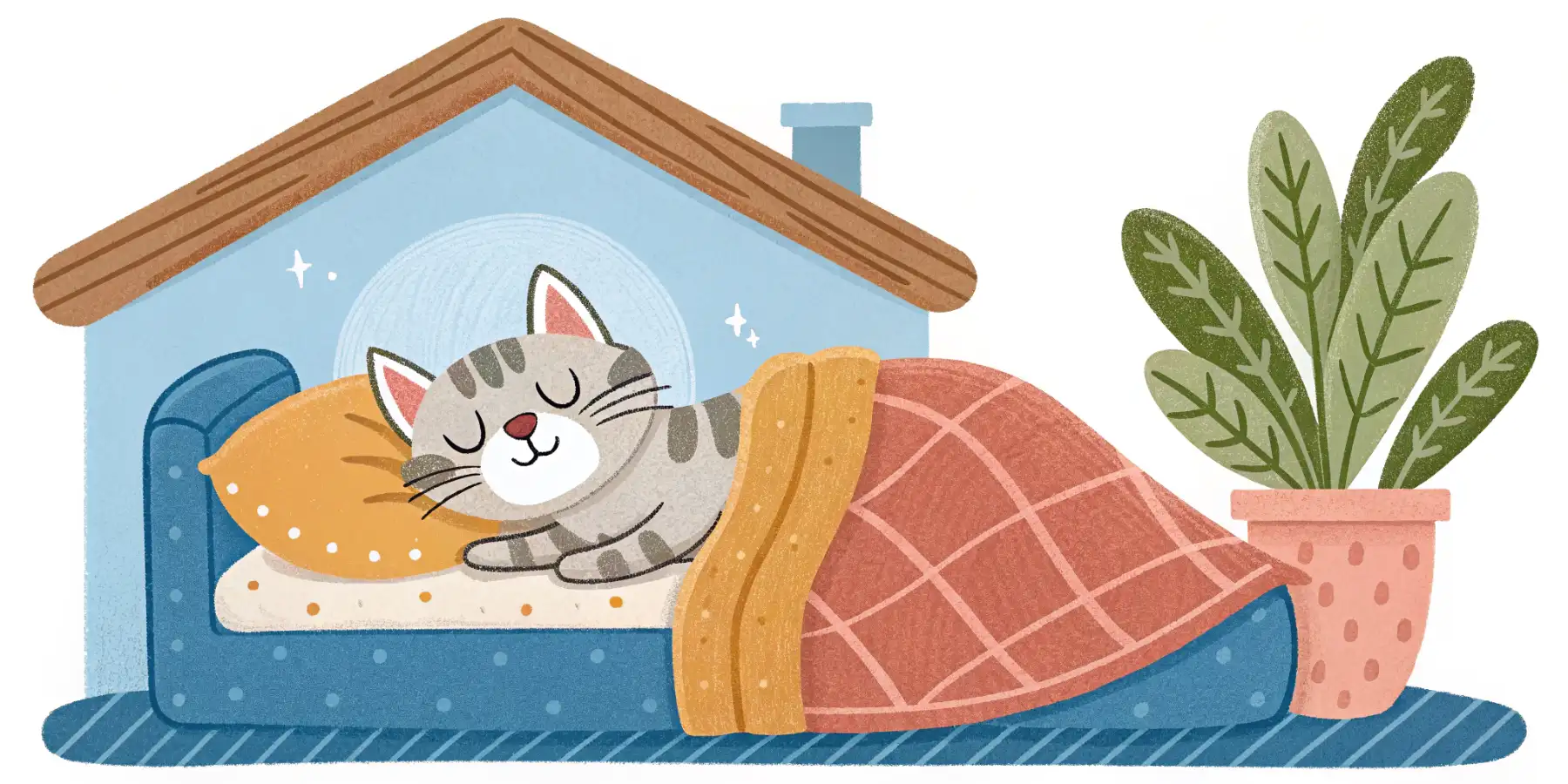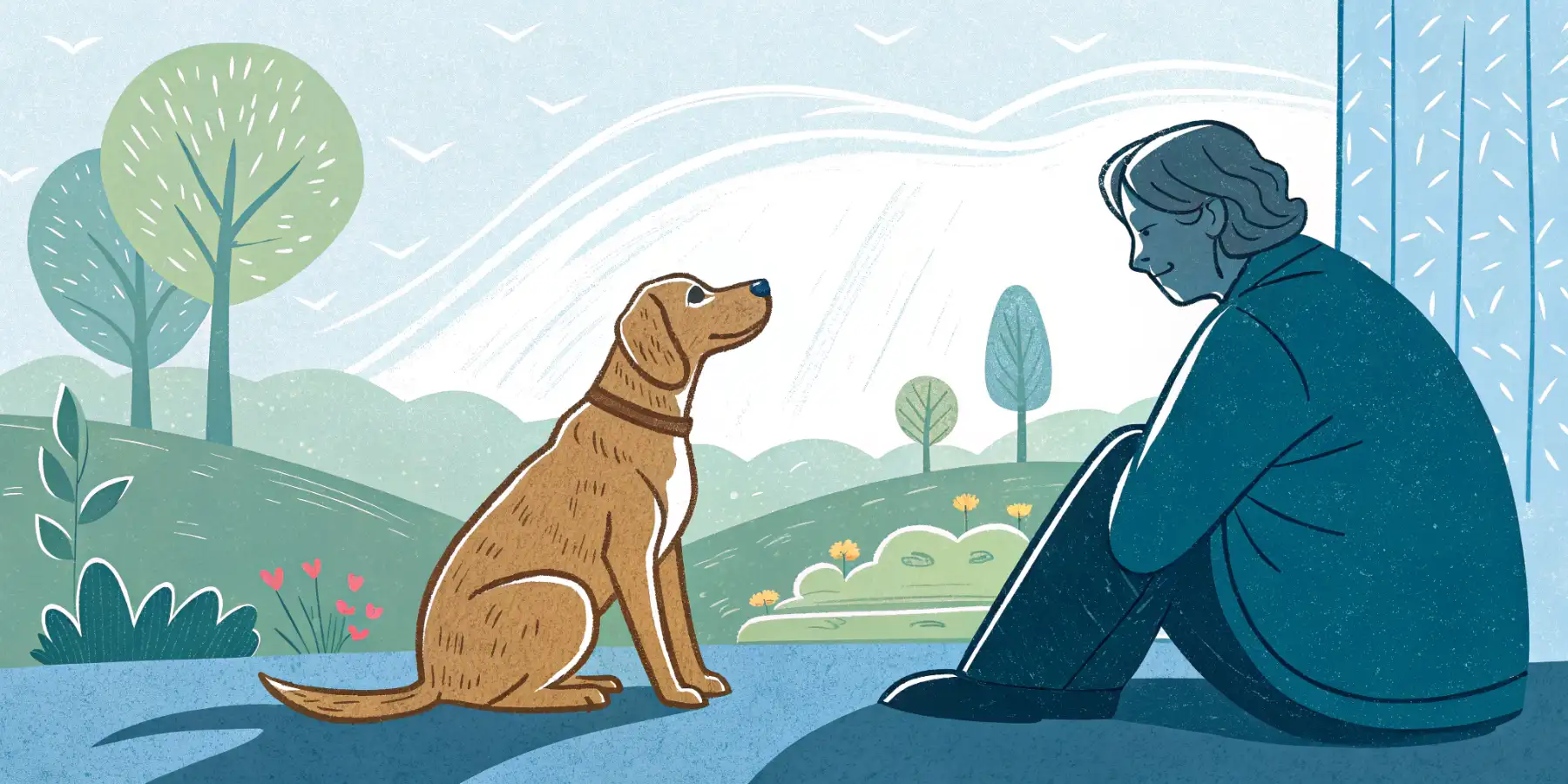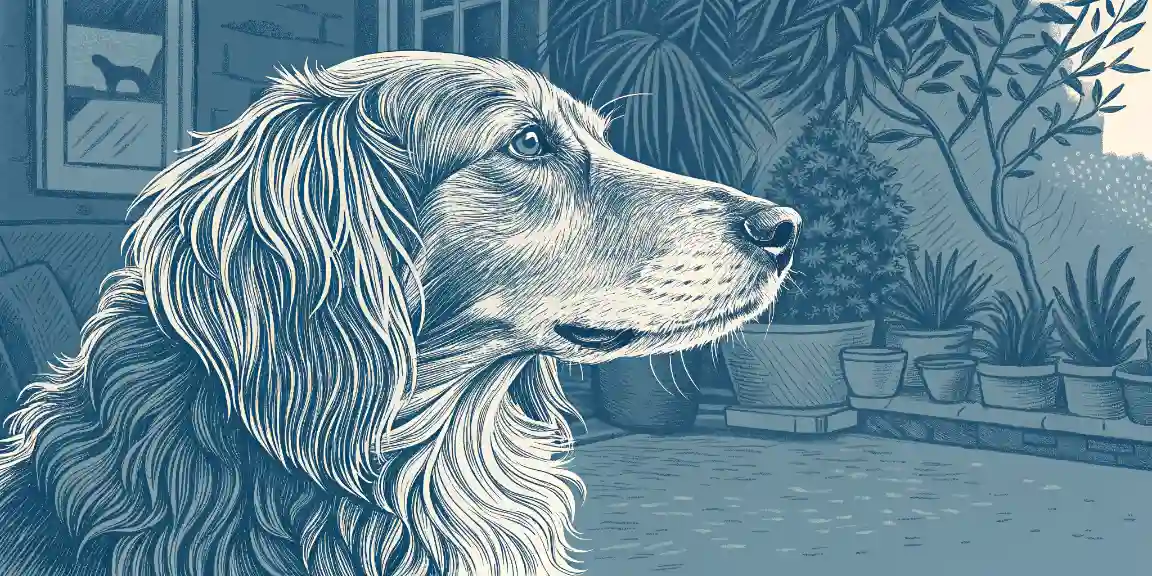
Senior Pet Grooming: Comfort & Care Tips
Senior pet grooming got you stumped? Learn comfort tips for sensitive skin & limited mobility! Keep your senior dog happy & healthy.
Maintaining Grooming Routines for Seniors: Adjusting for Comfort and Mobility
As our beloved pets enter their golden years, their grooming needs often change. What was once a simple task can become a challenge, not just for you, but especially for them. Senior pets may experience decreased mobility, joint pain, and increased sensitivity, making regular grooming sessions uncomfortable or even painful. However, maintaining a consistent grooming routine is more important than ever to ensure their health, comfort, and overall well-being. This article provides practical advice on adjusting your grooming practices to accommodate your senior pet’s needs, focusing on comfort and mobility.
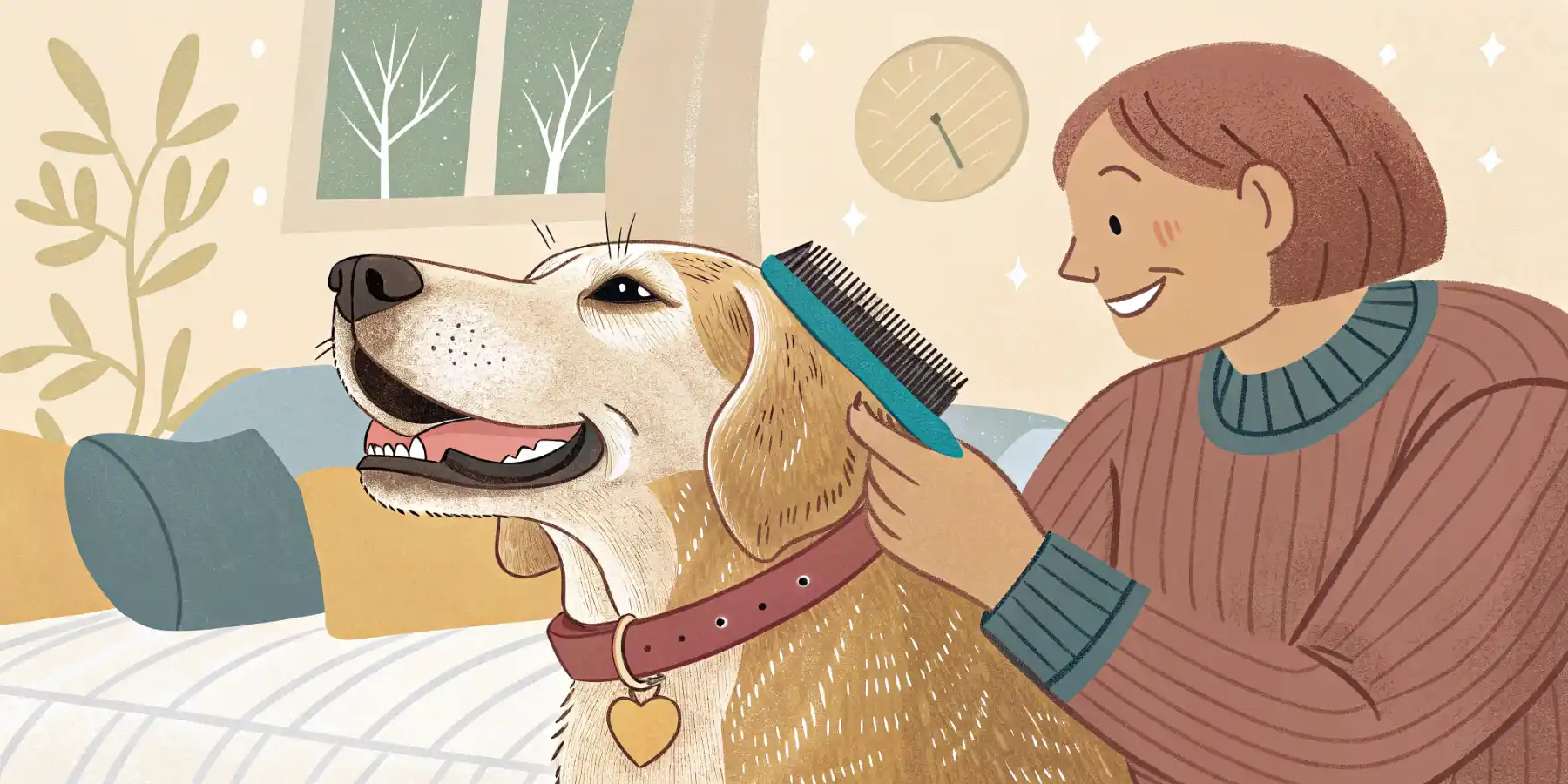 Caption: A gentle brushing session can help remove loose fur and stimulate circulation in senior dogs.
Caption: A gentle brushing session can help remove loose fur and stimulate circulation in senior dogs.
Understanding the Unique Needs of Senior Pets
Senior pets often develop conditions that directly impact their ability to tolerate grooming. Arthritis, hip dysplasia, and other musculoskeletal issues can make standing for extended periods difficult. Skin conditions, such as dryness, thinning skin, or increased sensitivity, are also common. In my experience, senior cats are particularly prone to matting as they lose some flexibility and can no longer reach certain areas to groom themselves effectively.
Before starting or modifying your grooming routine, it’s crucial to consult with your veterinarian. They can assess your pet’s overall health and recommend specific adjustments. This is especially important if your pet has any underlying medical conditions that might be aggravated by certain grooming procedures. For example, dogs with heart conditions may not tolerate prolonged standing. Seeking advice on the best type of brush for sensitive skin in senior dogs is also a great idea to ensure your pet is comfortable.
Adapting Your Grooming Techniques
The key to grooming senior pets is patience and gentle handling. Here are some adjustments you can make to your grooming techniques:
-
Shorter, More Frequent Sessions: Instead of one long grooming session, break it down into shorter, more manageable intervals. A five-minute brushing session every day is often better than a 30-minute session once a week. This minimizes stress and discomfort for your pet.
-
Use Supportive Aids: Utilize grooming tables with adjustable heights to reduce the need for your pet to stand for long periods. Towels or supportive cushions can also be used to provide extra comfort and stability. For smaller pets, consider grooming them in your lap while seated.
-
Gentle Brushing: Use a soft-bristled brush specifically designed for sensitive skin. Avoid pulling or tugging at mats. If mats are severe, consider consulting a professional groomer or veterinarian for safe removal. Always brush in the direction of hair growth to minimize discomfort.
-
Careful Nail Trimming: Senior pets often have thicker, more brittle nails. Use clippers designed for senior pets, which provide a cleaner cut and reduce the risk of splitting. Trim nails frequently, but only a small amount at a time, to avoid cutting the quick. If you’re unsure, ask your veterinarian or a professional groomer for guidance. Asking your veterinarian about the best nail trimming techniques for older dogs with brittle nails can be helpful.
-
Bathing with Care: Senior pets tend to get cold more easily and may be less tolerant of water. Use lukewarm water and a gentle, hypoallergenic shampoo. Avoid getting water in their ears. Towel-dry thoroughly and consider using a low-heat dryer if your pet tolerates it. If bathing is too stressful, consider using waterless shampoo or grooming wipes.
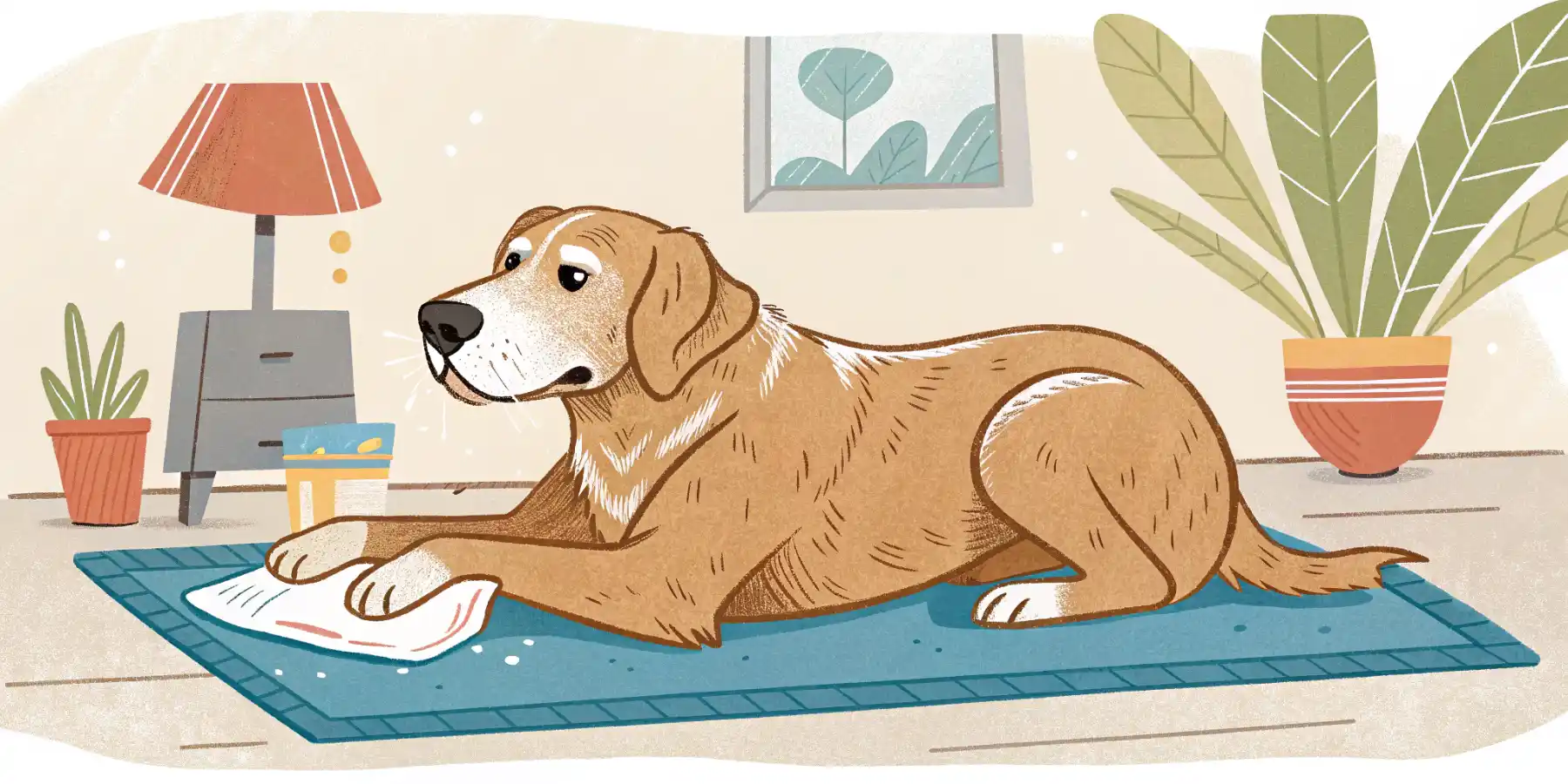 Caption: Grooming wipes are a great way to keep senior dogs clean between baths.
Caption: Grooming wipes are a great way to keep senior dogs clean between baths.
Addressing Specific Mobility Issues
If your senior pet has mobility issues, such as arthritis or hip dysplasia, you’ll need to make further adjustments to your grooming routine.
-
Focus on Problem Areas: Concentrate your grooming efforts on areas that are difficult for your pet to reach, such as their back, hindquarters, and paws. These areas are more prone to matting and skin irritation.
-
Avoid Overextending Joints: Be mindful of your pet’s range of motion. Avoid forcing them into uncomfortable positions. If they resist a particular movement, stop and try a different approach.
-
Provide Support: Use your hands or a towel to support your pet’s weight while grooming their hindquarters or legs. This can help reduce strain on their joints.
-
Consider Assisted Devices: Ramps or steps can make it easier for your pet to access grooming tables or bathing areas.
Maintaining Oral Hygiene
Dental health is crucial for senior pets. As they age, they are more prone to dental disease, which can lead to pain, infection, and even organ damage.
-
Regular Brushing: Brush your pet’s teeth daily with a pet-specific toothpaste. If your pet is resistant to brushing, start slowly and gradually increase the duration.
-
Dental Chews and Treats: Offer dental chews and treats designed to help remove plaque and tartar.
-
Professional Dental Cleanings: Schedule regular professional dental cleanings with your veterinarian.
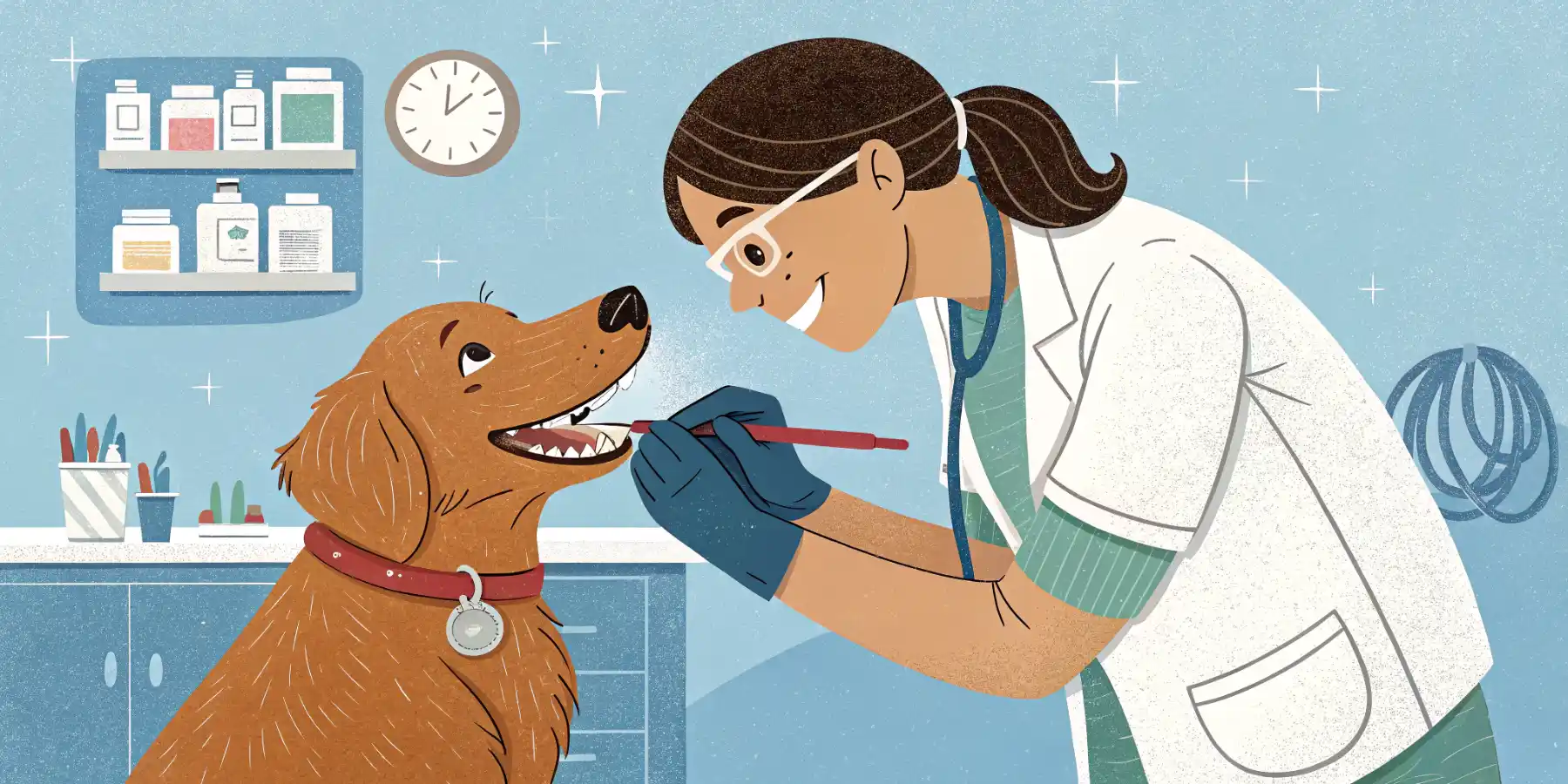 Caption: Regular teeth brushing is essential for maintaining oral hygiene in senior dogs.
Caption: Regular teeth brushing is essential for maintaining oral hygiene in senior dogs.
Recognizing Signs of Discomfort
It’s essential to be observant and recognize signs that your pet is uncomfortable or in pain during grooming. These signs may include:
- Whining or vocalizing
- Licking or biting at the grooming tool
- Restlessness or fidgeting
- Tensing up or pulling away
- Changes in body language (e.g., tucked tail, flattened ears)
- Aggression
If you notice any of these signs, stop the grooming session immediately and try again later with a gentler approach. If the discomfort persists, consult with your veterinarian to rule out any underlying medical conditions. I believe that being proactive about comfort and responding to your pet’s signals builds trust and makes the entire process less stressful. Knowing how to spot early signs of grooming discomfort in senior cats can make a significant difference in their experience.
Conclusion
Maintaining grooming routines for senior pets requires patience, understanding, and adaptation. By adjusting your techniques, providing supportive aids, and being mindful of your pet’s comfort, you can ensure that grooming remains a positive and beneficial experience for both of you. Remember to consult with your veterinarian to address any specific health concerns and seek professional help when needed. With a little extra care and attention, you can help your senior pet stay healthy, comfortable, and looking their best well into their golden years!
